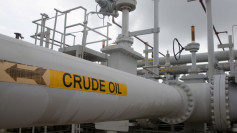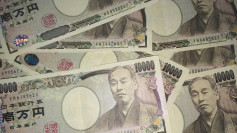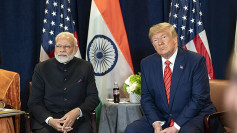It has been the chagrin of many a traveler when they have to empty their whole luggage when electronics and liquids are being searched, but soon, this may be replaced with a new reminder to keep the items where they are and let the US Transportation Security Administration's new scanner do the rest.
These new 3D-imaging scanners are being tested at three airports in the US. The first to receive a unit-as early as last year-was the Phoenix Sky Harbor International Airport, Tampa Bay Times reports. The John F. Kennedy airport in New York, as well as the Boston Logan, is the latest to receive units, from a list of fifteen airports. The units will be pilot-tested in these airports.
With these scanners, airport security hopes that baggage inspection will become a breeze. It has become normal for airport passengers to undergo the cumbersome process of having their baggage opened and inspected, and afterward, they have to put back all the items they took out. This technology-which uses an x-ray camera that takes hundreds of 3D images, then assembles them for a full view of the inside of the bag has been a big improvement from the current scanners, which only shoot 2D images.
If you'll take a look at the scanners, they look like CT scanners found in hospitals. That's also what they are called-computed tomography checkpoint (CT) scanners. Replace a human body with a bag, and you've got these new airport scanners. The CT scanners will sift through luggage to look for products like toothpaste and deodorant which will exceed allowable restrictions.
The fifteen initial airports will become a sort of 'testing ground' for these scanners. The goal is to speed the process and streamline how baggage is being expected. As soon as this is resolved, the TSA hopes to add 40 more scanners in different airports across the country by the end of this year; if all goes according to plan, Fortune says, there will be 145 units more by 2019.
Those who want to participate in the test will know where to head-a giant white machine marks the CT scan area. Place the bag in the detector and walk through. The other procedures-removing coats and shoes-still remain, however.





